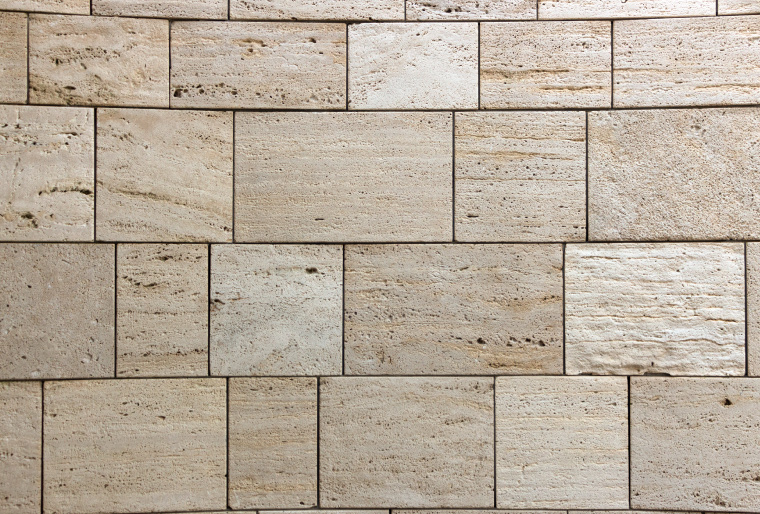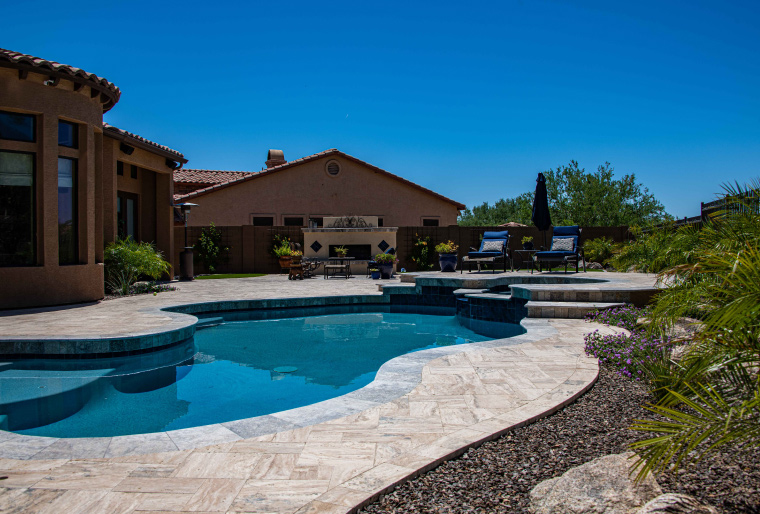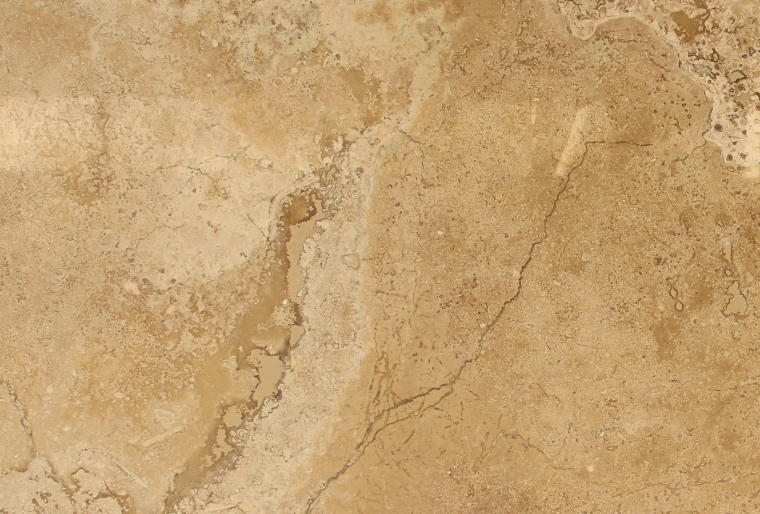Fun facts you didn't know about Travertine .

Travertine is a rock formed by calcite deposits in springs and hot springs. Sometimes it contains other crystalline forms of calcium carbonate, such as aragonite and small portions of limonite (iron oxide).
Travertine is a sedimentary rock associated with plant materials and fossils of aquatic and terrestrial mollusks. Carbonate precipitates on these materials, keeping their impressions intact. Its physical-mechanical qualities differentiate it from limestone, marble or granite, with which it is generally confused. It is also called cork stone, due to its sparse structure.
Some of its main characteristics are its softness (3 on the Mohs scale), fibrous texture, and the presence of large pores or cavities. It is of light colors, white, beige, yellow or pink, although there are varieties of brown and even black travertine. The rock can be cut in parallel or transverse planes for sale.
FORMS OF EXTRACTION
Travertine rock is common in hot springs, springs, and waterfalls. When groundwater rises to the surface, rocks and sediments act as a filter, converting calcium bicarbonate to carbonate. The process is influenced by the increase in temperature and the decrease in water pressure. Travertine is formed in the same way as stalactites and stalagmites.
Travertine is quarried in various parts of the world. Fronts of up to 150 meters long are assembled, to obtain blocks of two to four meters long and 12 meters high. Diamond cutting cables and saw blades with wide teeth are used, since only a hard metal would allow optimal finishes, they are then removed with the use of hydropneumatic wedges.
TRAVERTINE MARBLE
Mexican travertine is considered a resource for construction, and a collection of paleobotany from the Pleistocene. In the rocks of the deposits, they have been found from sedges or reeds to tracks of dicotyledonous leaves.





